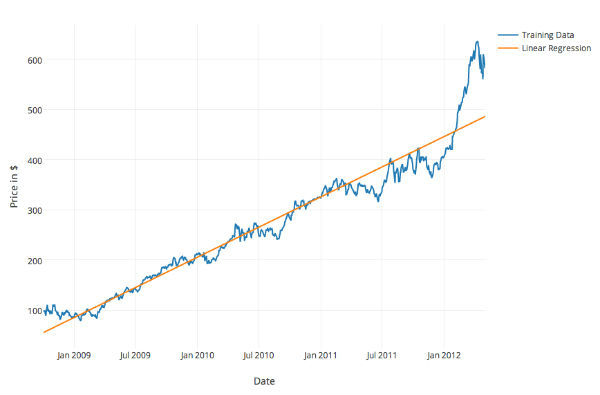
Periodization comes in many forms, but refers to the intelligent manipulation of intensity, volume, and frequency to increase the rate at which muscle and strength are developed.
In a nutshell, it is the key that separates a training and powerlifting program from “workouts” that don’t build upon one another.
There are three different types:
- Linear Periodization (LP): a gradual progression from high volume, low intensity training to low volume, high intensity training. Stronglifts, Starting Strength, Jason Blaha’s 5×5, and Greyskull LP are all built around linear periodization.
- Undulating Periodization: constantly altering the volume and intensity from session to session. This can either be done on a daily basis with daily undulating periodization (DUP) or on a weekly basis. This is seen in intermediate and advanced programs like the 8 week DUP program, 6 week plan, and Juggernaut Method Training Program.
- Conjugate Periodization: altering the accessory and isolation exercises uses from microcycle to microcycle (week to week). This is used heavily in the Westside Barbell program.
Put another way, periodization is simply varying your training variables over specific, planned periods of time.
Let’s take a look at LP in action:
- Week one = 20 total sets
- Week two = 16 total sets
- Week three = 12 total sets
- Week four = 6 total sets
- Week five = 3 total sets
As you can see, the volume is slowly decreasing as the training program is carried out. Naturally, this also means that the intensity would increase (heavier weights are used). This makes sense because volume and intensity are inversely proportional; the more sets you do, the less weight you can use and vice versa.
Note: the “total sets” above refer to only one exercise and are very conservative; it is likely that total sets would look much different in actual practice.
While, LP is a very simple approach to periodization it will yield much more results than an “unplanned” program. It is perfect for beginners as it provides an adequate stimulus without excessive overload. A LP plan should be used for as long as possible: until adding more weight with each workout becomes impossible. This is known as “noob gains”–once these dry up, moving to an intermediate program is advised.
While there will still be a “linear” nature to the program (volume decreases and intensity increases over time), it will take on a logarithmic form.
Taking a look at the graph below, we see that while the data undulates, it still progresses upwards in a linear fashion. A DUP program behaves the same way.

This Chart Illustrates The Undulating Behavior Of An Effective Training Cycle (Blue Line; Training Data)
Intensity and weight used increases over the course of the program, but you will vary the volume (reps and sets) along the way to promote maximum stimulation.
The core reason why this works is much more complicated, but it deals with the relationship between hypertrophy (muscle tissue growth), hyperplasia (increase of muscle tissue cells), and neuromuscular conditioning (“neuro” adaptations that take place from using heavier weights).
The relationship between these three “variables” is very important if you are a natural strength athlete (you don’t use PEDs). As naturals, we have to take advantage of all of the hormonal responses and muscular adaptations that we can.
Designing a program that uses this form of scientific “ramping up” is complicated and difficult to do if you don’t have experience in monitoring your own response to training volume. Currently the program that I personally use was created by sports scientists, nutritionists, and strength athletes. While I plan to share it in the future, for now it is too powerful to give away to someone who might not appreciate the level of work that was done on it.
If you’re interested in taking advantage of periodization, I would first urge you to make sure that you need it. If you are still progressing fast without it, you’re probably still in a “beginner phase” (this is nothing to be ashamed of; everyone goes through this phase for probably the first two years). If it isn’t broke, don’t fix it. Keep adding weight each workout and keep killing it in the gym.
For those of you that need to take advantage of some of these more advanced training concepts, first make sure that you have a solid grasp on how fast your body can recover. If you feel that you have a solid grasp on your Central Nervous System (CNS), start experimenting with mixing up your volume and intensity. You’ll quickly be able to recognize that incorporating multiple repetition ranges on certain days will dramatically “supercharge” your training.
